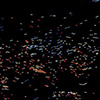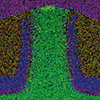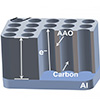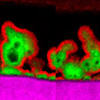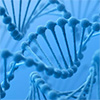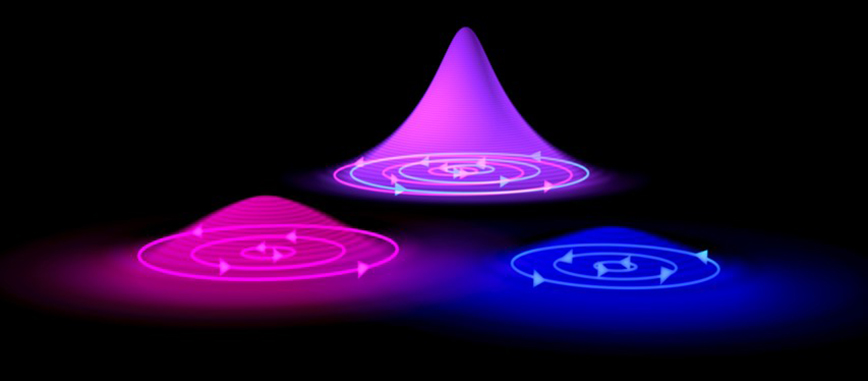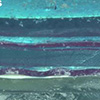Jun 02, 2023 (Nanowerk News) An international team of astrophysicists has discovered something wholly new, hidden in the center of the Milky Way galaxy. In the early 1980s, Northwestern University’s Farhad Yusef-Zadeh discovered gigantic, one-dimensional filaments dangling vertically near Sagittarius A*, our galaxy’s central supermassive black hole. Now, Yusef-Zadeh and...
Proof of concept demonstrates electrons move faster in germanium tin than in silicon or germanium
Jun 02, 2023 (Nanowerk News) CEA-Leti research scientists have demonstrated that electrons and other charge carriers can move faster in germanium tin than in silicon or germanium, enabling lower operation voltages and smaller footprints in vertical than in planar devices. This proof-of-concept breakthrough means vertical transistors made of germanium tin...
Innovating with nanoporous model electrodes
Jun 02, 2023 (Nanowerk News) Researchers at Tohoku University and Tsinghua University have introduced a next-generation model membrane electrode that promises to revolutionize fundamental electrochemical research. This innovative electrode, fabricated through a meticulous process, showcases an ordered array of hollow giant carbon nanotubes (gCNTs) within a nanoporous membrane, unlocking new...
Developing technologies to reduce the cost of green hydrogen production
Jun 02, 2023 (Nanowerk News) Green hydrogen, which produces hydrogen without the use of fossil fuels or the emission of carbon dioxide, has become increasingly important in recent years as part of efforts to realize a decarbonized economy. However, due to the high production cost of water electrolysis devices that...
Synthetic DNA could help scientists modify genes and create new biofuels
Jun 02, 2023 (Nanowerk News) Unlocking the potential of laboratory-crafted DNA, known as synthetic DNA, holds the key to groundbreaking advancements across multiple domains, according to quantum biologists from the University of Surrey. Unlike naturally occurring DNA, synthetic DNA could allow scientists to engineer fresh genes or enhance existing ones,...
Tiny quantum electronic vortexes in superconductors can circulate in ways not seen before
Jun 01, 2023 (Nanowerk News) Within superconductors little tornadoes of electrons, known as quantum vortices, can occur which have important implications in superconducting applications such as quantum sensors. Now a new kind of superconducting vortex has been found, an international team of researchers reports (Science, "Superconducting vortices carrying a temperature-dependent...
Low-temperature method for 3D printing nanoscale optical-grade glass
Jun 01, 2023 (Nanowerk News) A hybrid organic-inorganic polymer resin enables the three-dimensional (3D) printing of nanoscale optical-grade glass at temperatures roughly half of what other approaches require, researchers report ("A sinter-free low-temperature route to 3D print nanoscale optical-grade glass"). According to the authors, the approach may help redefine the...
Layers of self-healing electronic skin realign autonomously when cut
Jun 01, 2023 (Nanowerk News) Human skin is amazing. It senses temperature, pressure, and texture. It’s able to stretch and spring back, time and again. And it provides a barrier between the body and bad things in the world—bacteria, viruses, toxins, ultraviolet radiation and more. Engineers are, accordingly, keen to...
Flat fullerene fragments attractive to electrons
Jun 01, 2023 (Nanowerk News) Researchers at Kyoto University in Japan have gained new insights into the unique chemical properties of spherical molecules composed entirely of carbon atoms, called fullerenes. They did it by making flat fragments of the molecules, which surprisingly retained and even enhanced some key chemical properties....
The ‘breath’ between atoms – a new building block for quantum technology
Jun 01, 2023 (Nanowerk News) University of Washington researchers have discovered they can detect atomic "breathing," or the mechanical vibration between two layers of atoms, by observing the type of light those atoms emitted when stimulated by a laser. The sound of this atomic "breath" could help researchers encode and...

